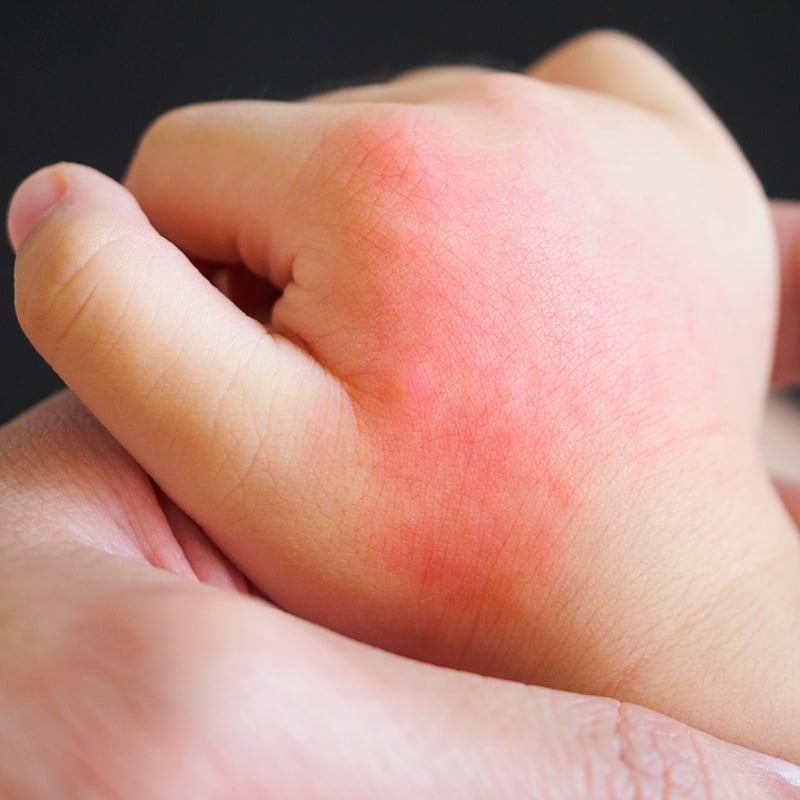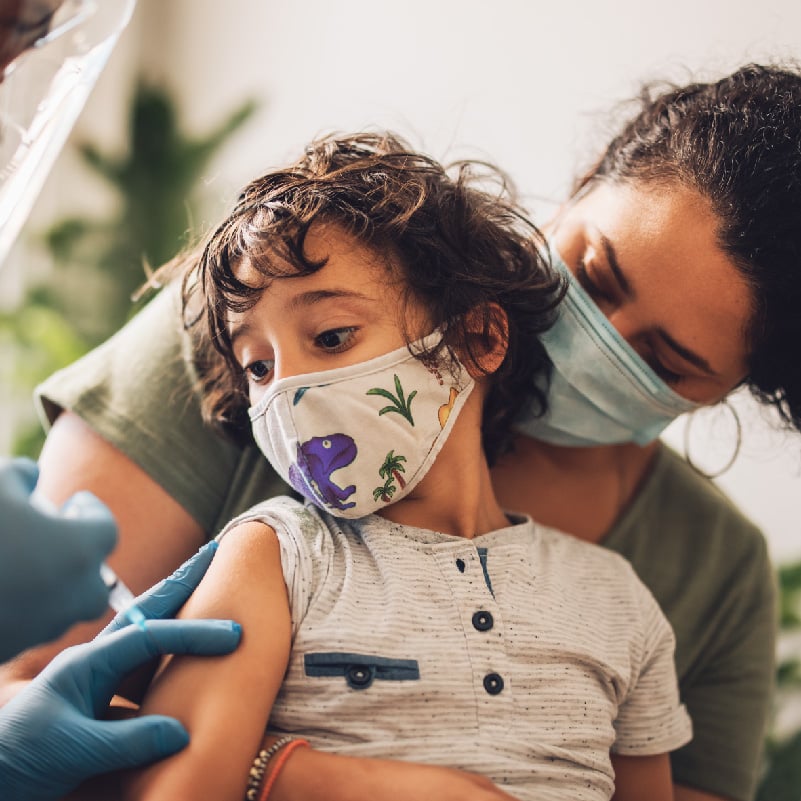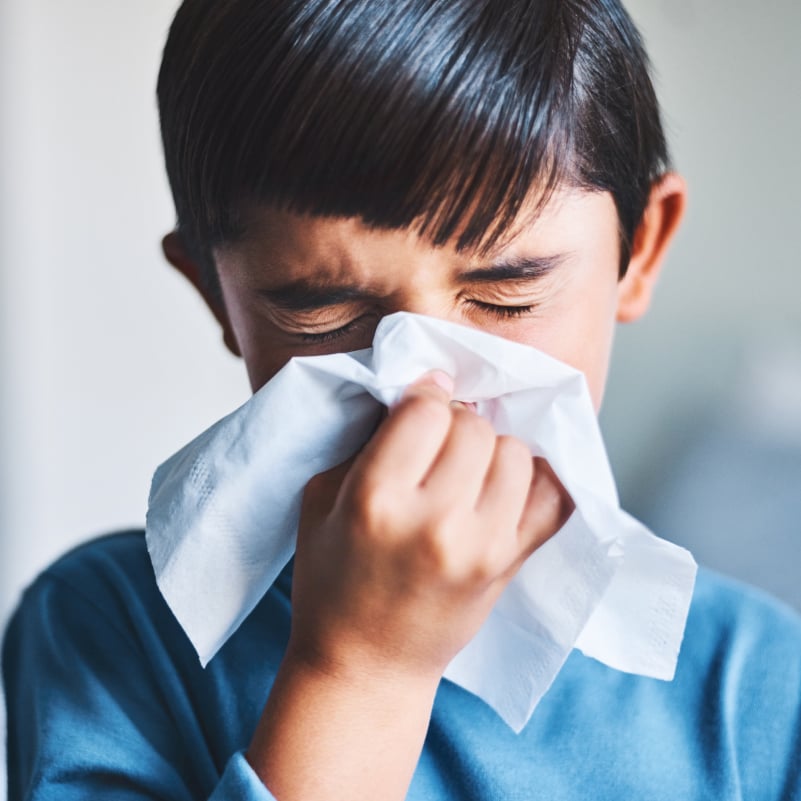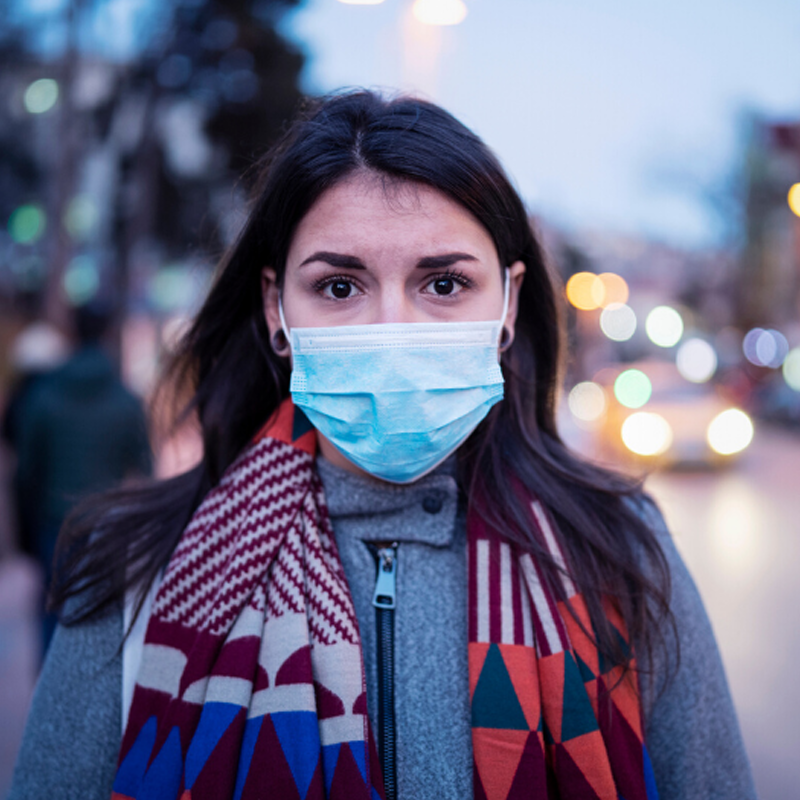Even though the intensely isolating days of the COVID-19 pandemic are over, we are still seeing the effects of the pandemic in everyday life.
Children were particularly affected in a variety of ways that continue to show up in their mental, physical, and emotional development even now.
Odessa D. Despot, PsyD, is a developmental pediatric psychologist at the Riedman Health Center in Irondequoit and explains the effects she has seen with children over the last few years, who was affected more often, and what parents can do to help.
Overarching effects
The effects of the COVID-19 pandemic on children are described as profound by medical providers. Medical professionals, alongside parents and teachers, are seeing how children specifically were affected in their family, school, and social lives over the last 3-4 years.
Looking at the pandemic as a ripple effect, children who became ill or had family members who became ill from COVID might be at the center of that ripple. Children were treated in healthcare settings that may have been isolating or asked to isolate from family members to keep from spreading the virus. If a family member had COVID, they often needed to remain separate from their families – which created isolating circumstances. In some cases, a family member may have died – which led to loss and trauma.
As the ripple extended outward, healthy children had their routines and daily lives disrupted, as well. Without in-person learning, children of all ages learned through virtual classes, which led to a loss of socializing with other children and overall learning loss. Research shows math, reading, and history scores declined significantly during the pandemic.
Some children were affected more than others. Disproportionally-affected children tended to:
- Identify with racial and ethnic minority groups
- have inequitable health care
- lack access to care
- have family members who worked as essential or service workers
Extra services like getting breakfast and lunch at school were thrown off. If a child’s home had limited or no Internet access, they were unable to attend classes like their peers, which got them behind. Some children who needed physical, occupational, or speech therapy and received extra services through their school fell behind because they could no longer get the help they needed.
For those living with family members, there was often emotional support and connection. However, in the early days of the pandemic, research shows increased rates of domestic violence reports. Studies also show the pandemic increased the risk for harm and/or suicide for LGBTQ+ children living at home.
“It’s no surprise that we are seeing delays in development or gaps in learning with academic skills for children,” Dr. Despot said. “We are seeing more referrals for anxiety, autism, ADHD, co-occurring mood disorders, and learning disorders. Some of this is linked to delays in assessments that would have happened in a normal school environment.”
Returning to a new normal
Now that students are back in person, they are returning to their everyday routines – but with lingering emotional and mental effects.
During the pandemic, online classes and virtual learning changed how students communicated and socialized. Now that those same children are getting used to face-to-face interactions with fellow students and teachers alike, more of them are showing signs of behavioral difficulties and difficulty in transitioning from home life to school life compared to before the pandemic.
“Many children have either had to learn or rebuild social skills that naturally happen in a school or social environment,” Dr. Despot said. “That’s contributing to higher rates of social anxiety and depression.”
Even if kids were healthy throughout the pandemic, their routine healthcare was disrupted. One survey of parents in the U.S. suggested more than 40 percent of parents in the U.S. said their youngest child had missed a routine medical care visit as a result of the pandemic. Regular dental care, well visits, screenings, and other health-related appointments are among the types of health care that are working to get back on track.
Reliance on screen time for both education and entertainment throughout 2020 and 2021 became a significant source of stress for parents with their children. On average, children ages 8-12 spend 4-6 hours each day watching or using screens, according to the American Academy of Pediatrics. Parents and caregivers are working to rein in their children’s screen time and set limits – which becomes its own form of anxiety and stress for both parents and children.
“Online learning came out of necessity,” Dr. Despot said. “We can’t fall back on what’s convenient; we need to ensure these kids have a well-rounded life experience. Living in a solely online world can be harmful for children. As we try to adapt to a new way of life, we need to keep that in mind.”
How to help
When adults look at the big picture and think about how they can help these children, it is helpful to have a sense of sensitivity and compassion, and remember that living through a pandemic is a brand-new event for everyone. While adults have more life experience and a general sense of how to overcome obstacles, children don’t have that same luxury.
Parents can nurture their children as they readjust to the new reality of post-COVID pandemic life by keeping a normal routine, encouraging expression, and giving honest and truthful information during stressful times.
The most important way parents can help is to be vigilant and be an advocate for their children. Paying attention to what they are watching and reading, who they are interacting with, how much and how often they are socializing – these are all small pieces of information that fit together into a large picture of who these children are and who they will become. If they start to change dramatically from what you and others are used to, it may be a sign that they need support.
Reaching out to schools and sometimes other parents can be a great source of information for things such as mental health resources, school-based interventions, and academic supports. If a child needs more resources in their classroom or school settings, parents should advocate for them.
Children are resilient. Parents and caregivers are the best people to empower them to grow and flourish into the people they will become one day.
“Be vigilant and do the screenings,” Dr. Despot said. “Anxiety is common for many people in this day and age. Also, follow up with your kids and get them the academic supports they need – there might be gaps in the learning environment and their pandemic learning. School can be a significant stressor for kids in all sorts of ways. If they’re not learning in the way they need to be, you can ask schools to help support or seek community services.”










